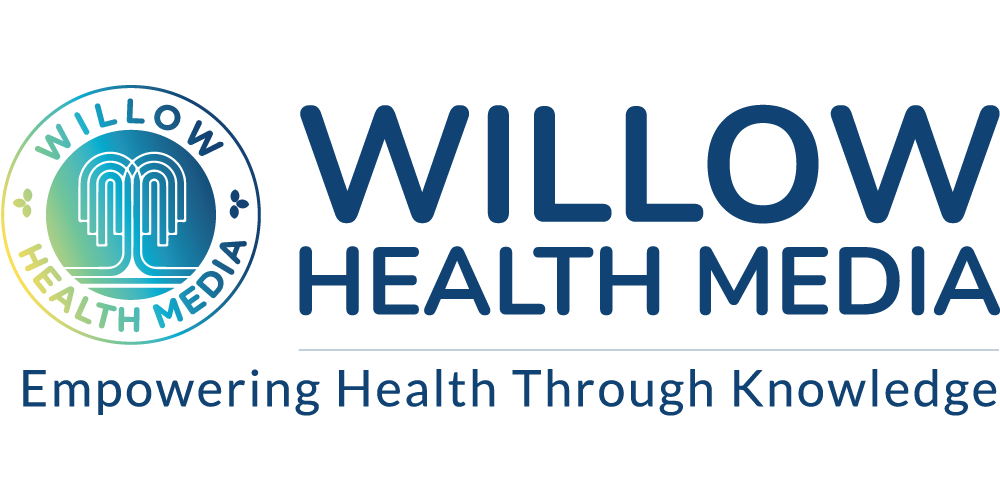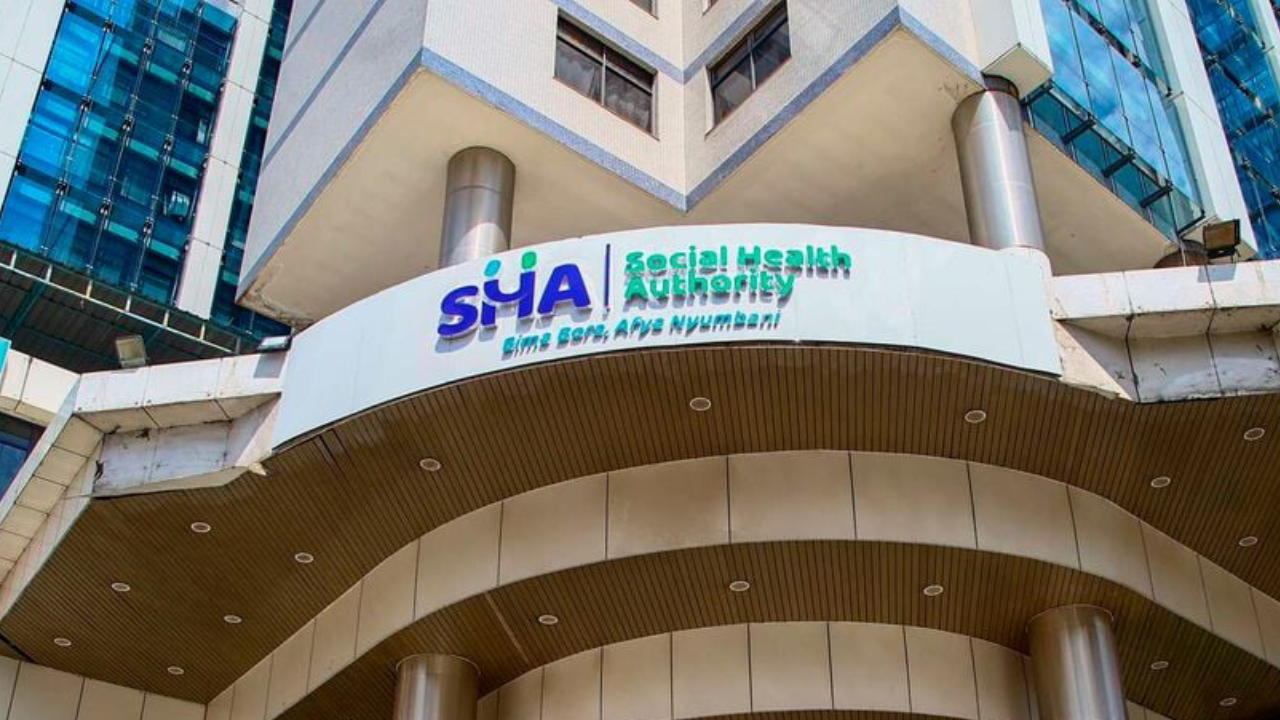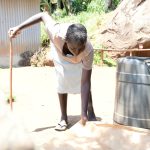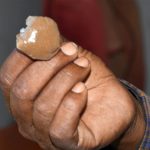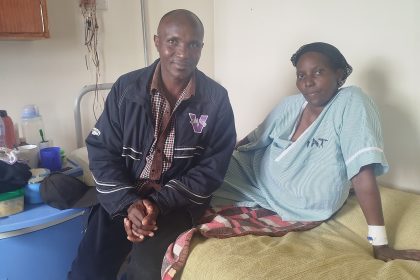Many Kenyans are still burdened by out-of-pocket payments even for emergency cases- which should be free. Teenage pregnancies are also an issue as most have no ID cards-as are the majority of patients in rural areas.
Dr MERCY KORIR, host of Lifeline Dialogues, spoke to Dr BRIAN LISHENGA, the chair of the Rural-Urban Private Hospital Association (RUPHA)-on the teething problems facing SHA and which molars to remove to make it work…here are the abridged excerpts.
Dr Mercy Korir: Dr Lishenga, you mentioned that we would need about Ksh30 to Ksh35 billion to properly fund SHA, but the recent Appropriations Bill allocated only Ksh4.1 billion. There seems to be a disconnect since the argument is that funds will increase once people register.
Dr Lishenga: Absolutely. The problem is that capitation should be population-based, not registration-based. The government should be allocating enough funds upfront based on the population size, regardless of registration status. However, with only 4.1 billion shillings allocated for SHA in the Appropriations Bill, it’s clear that the funding level is far from adequate to address the full scale of the country’s needs.
Dr Korir: From your surveys, you’ve found that patients still end up paying out-of-pocket for services. Why is that?
Dr Lishenga: Yes, we found that more than 50% of patients in some facilities are paying for services out-of-pocket. This was not necessarily because the facilities were deliberately overcharging, but because of issues within the SHA system—specifically, the registration process and the inability to process beneficiaries’ details quickly enough.
For instance, in Level 4 and 5 hospitals, patients often walk in and are told they cannot be treated because the system won’t reimburse those services directly. So, the hospital tells them to go to a lower-level facility—like a Level 2 or 3—where care can be covered under SHA, but by then, the patient is often too tired or unable to travel further, so they pay out-of-pocket instead. This is a critical problem, especially for people in rural or underserved areas.
Additionally, many patients face challenges because their dependents, like children, aren’t registered in the system. In such cases, a mother with a sick child may choose to pay for treatment on the spot. The delays in the OTP process (One-Time Pin for verification) exacerbate this issue, creating a situation where people simply opt to pay rather than endure the frustration.
Dr Korir: What’s the level of awareness of SHA on what their role is?
Dr Lishenga: The government has a massive communication problem when it comes to SHA. There’s a high level of distrust among the public. This is not just about healthcare—it’s a broader political issue, with people generally distrusting government-led reforms. A lot of people don’t trust the messenger, which makes them less likely to engage with the message.
One of the key factors is that many still believe their NHIF contributions haven’t benefited them, and now they’re being asked to pay into this new system hence the reluctance to register.
I think multi-stakeholder engagement is essential here. The government needs to bring in respected community leaders—whether religious groups or local opinion leaders—to communicate the benefits of SHA. We need a more nuanced, grassroots approach to communication, especially in rural areas.
Dr Lishenga: Misinformation is rampant, and exacerbated by privacy concerns. People are uncomfortable sharing detailed personal information about their assets, property, livestock, and income, which feels intrusive. This leads to fears that the government is gathering information for other purposes. We can’t underestimate the importance of building trust through education and transparency.
The variation in premiums based on the means testing is a major issue. For example, neighbours with similar economic circumstances, end up with vastly different premiums. One person may be told to pay Ksh500, another pays Ksh2,000, and that discrepancy creates confusion and mistrust. Many people will opt out when they encounter unexpected costs.
Simplifying the system and providing more clarity on how premiums are determined would help. If the process is seen as arbitrary or overly complicated, it will lead to more scepticism and less participation.
Dr Korir: You mentioned if the government can address primary care effectively, much of the public dissatisfaction with SHA will dissipate.
Dr Lishenga: Primary care is the backbone of any successful healthcare system. In Kenya, the majority of health issues are preventable or manageable with effective primary care, yet the system is severely underfunded and under-resourced. If SHA can get primary care right, where people can access basic healthcare without worrying about financial strain, the public’s trust in SHA will improve Dramatically.
Primary care should not just focus on treating illnesses—it should also be about preventive care, maternal health, immunizations and regular screenings. Once we tackle these fundamental issues, we’ll see a massive reduction in the burden on hospitals and a higher level of satisfaction among the population.
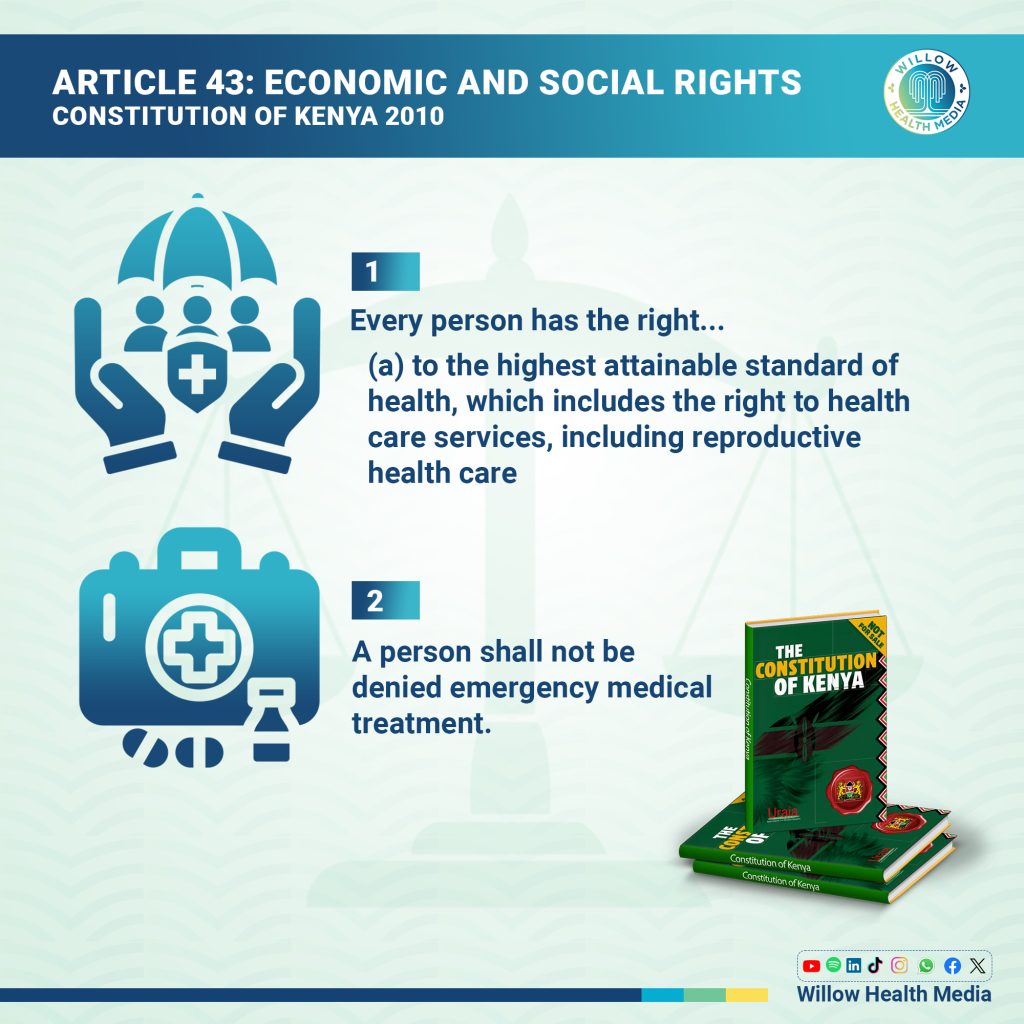
Dr Korir: We interviewed Dr Abdi Mohammed, the chair of SHA. He said Emergency Care “Is open for anyone, whether you’re registered in SHA or not.” But how does a facility claim for someone who arrives unconscious, with no documents?” How do you handle that, because Emergency Care shouldn’t be denied to anyone?
Dr Lishenga: Emergency care has the same problem as Primary Care, because many Kenyans are not registered, and many don’t have their data available in the SHA system.
Dr Korir: But for emergency care, they said you don’t need to be registered, because it’s a constitutional right. If I get knocked down on Kenyatta Avenue here and am rushed to the nearest facility, I should be seen immediately, within the first 24 hours, and SHA should pay for it…
Dr Lishenga: You should be registered, but you don’t have to pay your contributions right then and there. It’s not contingent on having paid. So, if I’m unconscious and have no documents, how would you know if I’m registered or not? And don’t just use my BC (birth certificate).
So, we will register you somehow. Part of the problem with emergency care is that we don’t have a database of who is Kenyan. If you don’t have a database, I can claim anything. I could just say, “John Doe” came here, we wrote notes, and I sent them to SHA.” How can you prove that such a person didn’t exist? It’s impossible. The reality is that facilities don’t want to get caught up in audit issues. They can’t prove that the patient existed because the patient’s information is not visible anywhere in any register.
Dr Korir: So, how are you going about this?
Dr Lishenga: Out-of-pocket payments are still happening for emergency cases. The facilities are aware that, until we have a stable patient registry database—something that links your ID to the system—it’s impossible for us to submit claims that will be honoured.
We also face a similar issue with referrals. There’s no system for managing referrals between level 2, 3, and 4 facilities. If you have an eye problem at a primary healthcare facility, you might go to your local dispensary, but if they don’t have an ophthalmologist, the nurse or clinic officer will write a note, saying, “This could be conjunctivitis, refer to level four.” Now, that piece of paper is supposed to be the basis on which level four says, “Pay me,” because this patient was referred to me. But it’s not in the system. How can I honour that? If you were Dr Abdi, would you honour this piece of paper? I could have written it myself. In fact, we could gather here and write referrals to each other for services downstairs.
So, the issue is that there’s no way to track these referrals or ensure that they are legitimate, and that’s where the back-office system fails. The provider portal is the front-facing system, but the back-office database, which is supposed to pull information from the provider portal, is either still under development or just nonexistent. The fingerprint issues we’re talking about, and the missing dependents, are all part of the same problem.
Dr Korir: Dr Abdi said there would be no more fingerprinting because they would use your ID…
Dr Lishenga: That’s fine, but the problem is how many Kenyans don’t have IDs? I was talking to providers in Narok, and they told us that 60% of people who come for registration don’t have IDs because of delays in the ID issuance process. It’s a whole government issue.
I think that for every Kenyan who has an ID or some form of identification, the database should be updated immediately. Those who have IDs should not be missing from the system. The real challenge is how we deal with the millions of Kenyans who don’t have any form of national identification.
Let me make this even more interesting. Do you know that teenage pregnancies are also an issue? Providers can’t claim for dependents or their principals if they don’t have IDs. Some of these teenage mothers don’t even have IDs themselves, so the problem affects three people in a chain: the mother, the child, and the facility. Even if we say that Linda Mama is a program for this population, there is no way to help them if they’re not registered.
Dr Korir: Has SHA started reimbursing facilities for services provided over the last month…
Dr Lishenga: Some public and faith-based private providers received something, but in our survey, 57% of providers received nothing. That’s a huge gap. Of those who were paid, 68% received less than 10% of what they were owed.
So, the issue is that payments are irregular, too small, and not distributed fairly. SHA is accumulating debt every day, and if it continues to pay at this rate, it will take over a year to clear the existing debt.
The top issue remains money—resources. Without resources, services can’t be provided. The real issue is that the government owes the providers, and in some ways, the government owes itself. Ministries and departments are not remitting their contributions to SHA, while ordinary Kenyans pay.
If I were the boss at SHA, I’d have a hard time going to the Treasury and saying, “Give me the money.” It’s a tough situation.
What we need is for the national government to retire the entire NHF debt, because most of it is from government ministries and departments that failed to remit contributions. As citizens, we have no luxury of skipping payments, but the government itself owes SHA.
Finally, in terms of transparency and accountability at SHA, digital systems should ensure providers get paid fairly and timely, without human interference.
Finally, the development and integration of a robust database and IT systems are critical for the smooth functioning of the healthcare system. The current lack of a unified, accessible database means that providers often struggle to verify patient details or track referrals, creating unnecessary delays and inefficiencies.
Transcribed from Lifeline Dialogues by Yvonne Kawira.
